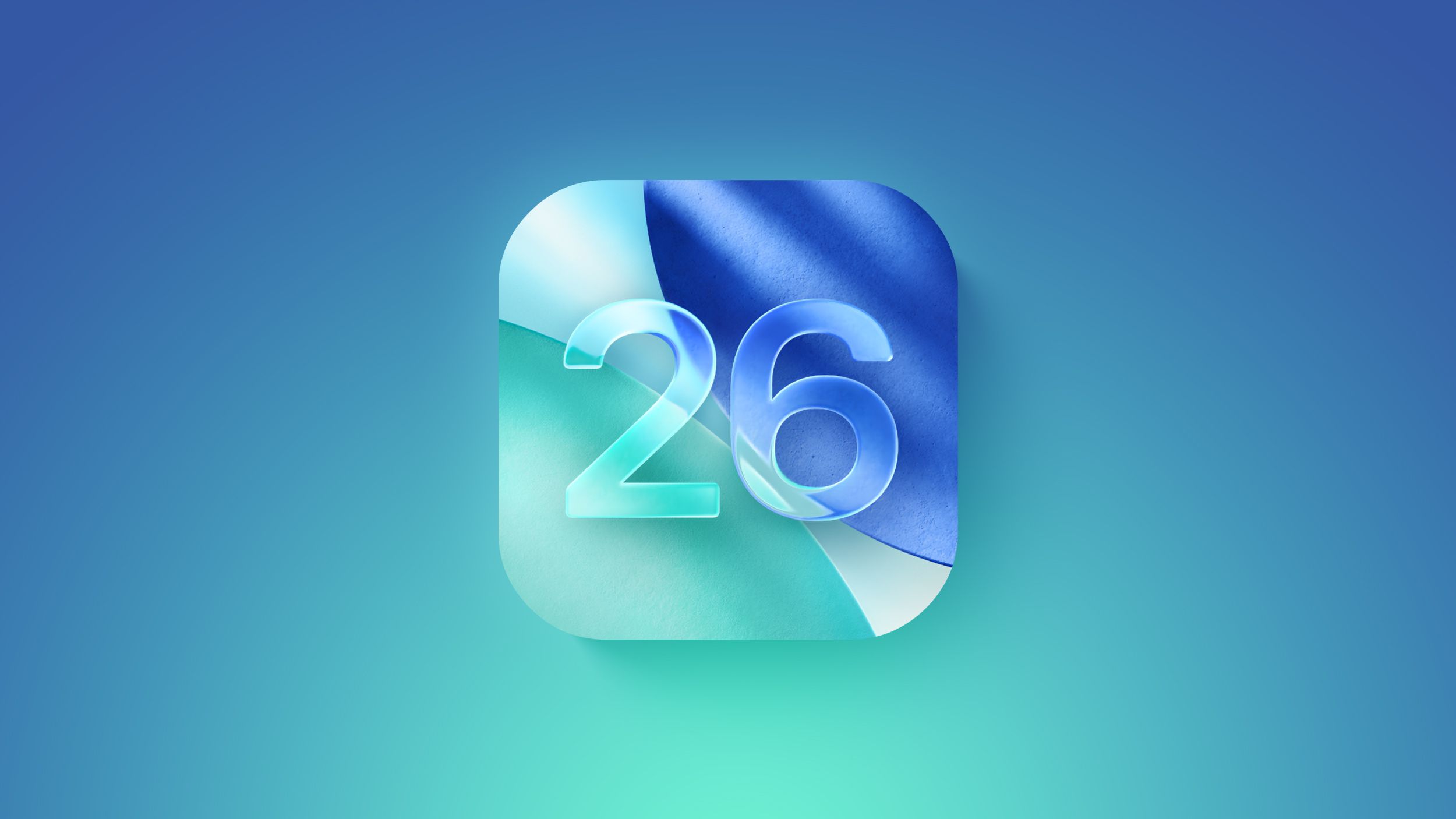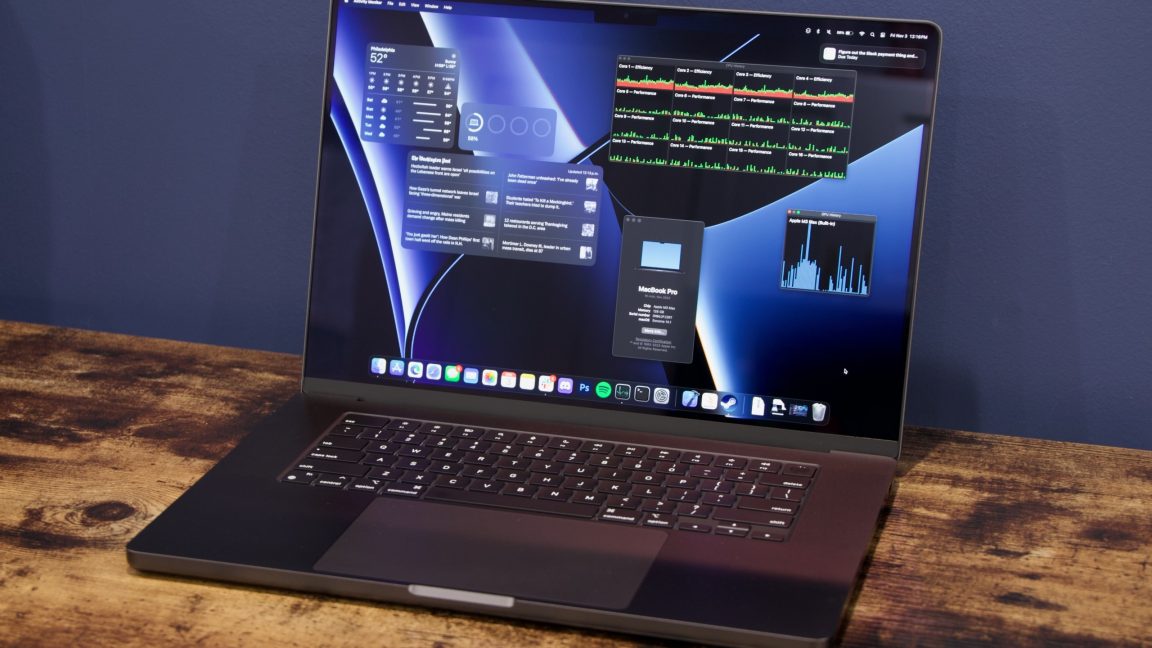A recent leak from a reputable Weibo source claims that Apple has already moved beyond the patent stage for its new camera sensor and could have a working prototype in internal testing. The sensor, shared in a patent published a little over a month ago, promises up to 20 stops of dynamic range and could mark the biggest leap in iPhone photography since the dawn of computational imaging. Apple’s new camera technology will also allow it to gain more control over the device’s hardware while reducing its reliance on Sony.
A new leak claims Apple is testing its LOFIC camera sensor, aiming for cinema‑level quality and reduced Sony dependence
The camera sensor patent detailed a custom CMOS design with LOFIC, or Lateral Overflow Integration Capacitor technology, which enables each pixel to store light differently based on the brightness of the scene. This will allow the sensor to store and preserve details in bright highlights and shadows within the same frame. The new leak from Fixed Focus Digital on Chinese social media platform Weibo claims that Apple is not just working on the concept, as it has already developed the sensor and could be testing it in developmental hardware. If the news has any heft to it, the technology could hit the market sooner than expected.
If you are unfamiliar with it, the sensor basically uses a stacked architecture with a top layer dedicated to capturing light and a lower layer dedicated to real-time processing. The sensor design will make room for advanced features such as pixel-level noise reduction in photos even before they undergo computational processing. This will allow cleaner, sharper low-light shots without heavy processing, which typically blurs the details in a photo.
In complex hardware, LOFIC technology will do the heavy lifting, allowing the sensor to dynamically manage light storage for each pixel, working under the hood. Ultimately, this will push the dynamic range to around 20 stops, which is on par with some of the best cinema cameras. For comparison, the current models of the iPhone top out at just 12 to 14 stops. Apple’s decision to build its custom sensor goes way beyond technological advancement, as the company has relied on Sony for a long time. It goes on to show that aside from the custom Bluetooth, Wi‑Fi, and other processing chips, Apple has plans to be self-sufficient in the camera department as well.
Moreover, Apple will gain full control over the imaging pipeline by designing its own sensors, allowing it to integrate hardware and software far more tightly than when relying on third-party components. We believe that the upcoming iPhone 17 and iPhone 17 Pro models will continue to use Sony-made camera sensors, but if the company is close to a working prototype, next year’s iPhone 18 lineup could become the host for the technology. Moreover, the camera sensors could also be used in future versions of the Vision Pro for better controls and an improved mixed-reality experience.
Source link

